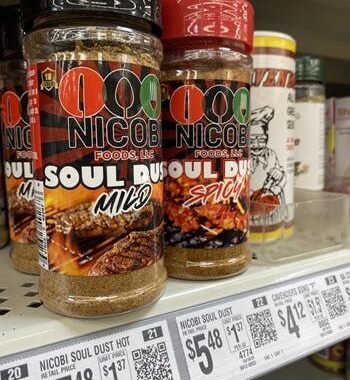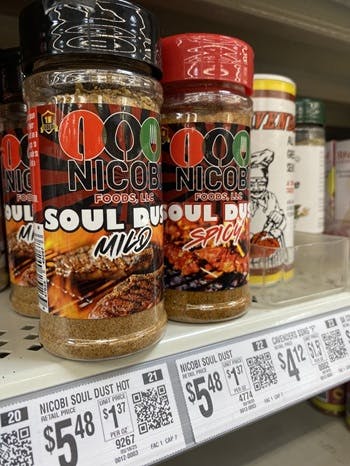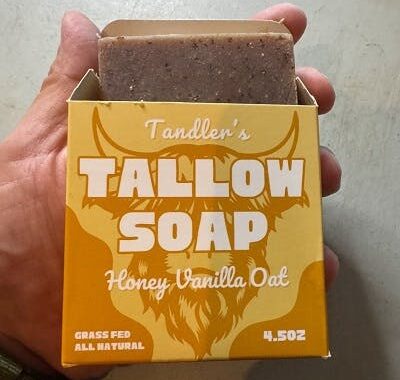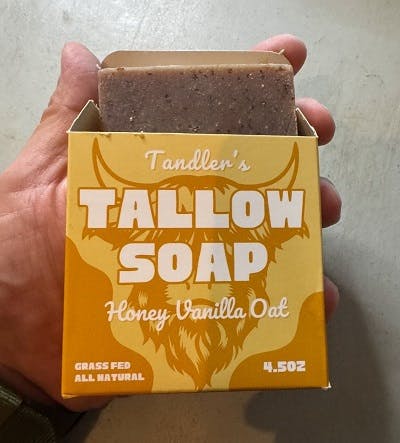Unlocking Growth at Retail & Foodservice with Global Cuisine
Global cuisine is no longer a niche. For today’s consumers, international flavors are an expectation, not a novelty. For retailers, foodservice operators, and emerging CPG brands, they represent a powerful growth opportunity in the marketplace, one that has only been accelerated via social media and new AI platforms.
At ECRM’s recent Center Store Grocery Sessions in Dallas, Diana Sheehan, founder of PDG Insights shared some insights around global cuisines during a presentation to buyers and seller participants that highlighted how global flavors have moved from immigrant households into mainstream retail aisles, what’s driving adoption today, and how brands and retailers can capture this momentum. In addition to showing how these foods and ingredients spread from home to niche markets to mainstream retail shelves, she also touched on how shopper behaviors, technology, and demographics are accelerating the pace of change.
I sat for an interview with Sheehan to discuss some of these trends uncovered by her and the team at PDG Insights, and below you’ll find a summary of these findings, as well as the full video interview.
Watch the full interview on YouTube!From Chef Boyardee to global flavor adoption
According to Sheehan, the idea of “international food” in American …






